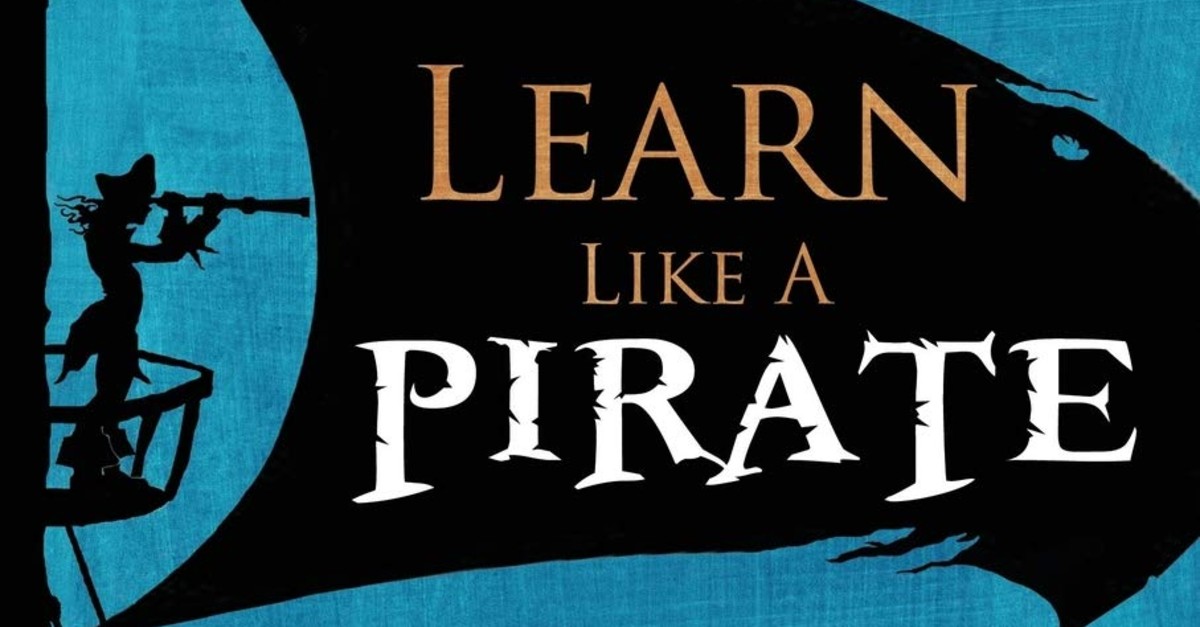Although I’m out of the classroom this year on leave, I’ve gotten the opportunity to observe my niece (age 13) and nephew (16) attend class virtually. Watching them “work,” (and I use that term loosely), has led me to think long and hard about how e-learning can be more effective. The question I ask myself is, “How can we (as teachers) help students become more motivated to work hard and produce their best quality work while e-learning?” I believe the answer requires addressing these five components further:
Relationships
The first week or two of school needs to focus directly on building strong relationships. Teacher-student relationships, as well as student-student relationships. It can be tough to find the time, and know how to do it over Zoom. Still, it needs to be our number one priority. Then, each day needs to include some relationship-building time. Some days it can be short and sweet. Other days it needs to include every student in some sort of way that allows them to feel psychologically-safe in the classroom, yet not invisible.
Kindness, Understanding, & Flexibility
Students are dealing with so many new problems. A teacher needs to assume each student is telling the truth, instead of assuming the worst. We’ve had our internet go down, the laptop’s battery power run out, and an incoming phone call drop our connection. We’ve had to leave in the middle of class to deal with an emergency. We’ve been late to class due to confusing schedules, and missed deadlines due to misreading the assignment calendar. Most of these problems never existed before e-learning, but are now a daily occurrence for some of us! Teachers need to do everything they can to show kindness, understanding, and flexibility towards their students and their family members doing everything they can to make this situation work!
Engagement
Engagement needs to be boosted through novelty, fun, intensity and complexity. Bringing novelty into your instruction mixes things up and re-focuses the students’ attention. In e-learning, they can’t zone out or walk away from the computer if they have no idea what to do next since they’ve never done it before! Designing fun lessons can keep students’ attention, as long as it’s fun for the students, not just the teacher! When I think of “intense” lessons, I think of a constant back-and-forth with the students. I do something, they do something. If you can maintain a back-and-forth, students can’t walk away or become distracted. Regarding “complexity,” I think of differentiated lessons designed to meet the needs of each individual student. These lessons are challenging, but can still be completed independently without them becoming lost.
Collaboration
Collaboration only happens when students feel psychologically safe when they’re asked to work with others. They need to know that their peers won’t consider them the “nerd” or the “clueless one.” Most students who I’ve observed working online in breakout rooms never speak to each other. They work independently, even when it’s required that you work with your assigned partner(s). This can be improved if more time is spent building a strong classroom community.
This is a challenge due to time constraints, restrictive school rules, and the whole virtual learning environment. Yet it needs to be prioritized if there’s any chance of it working. To start, teachers should participate in as many breakout rooms as they can to show students that they’ll be monitored and that it’s important for their success. If a true collaborative classroom environment can be developed, students will help each other, freeing up the teacher to attend to more pressing issues.
Authenticity
Authenticity is the final element that can boost student motivation and effort while learning virtually. Nearly every lesson I’ve observed over the past several months has had little to no connection to my niece and nephew’s lives. These lessons often come directly from a Teacher’s Manual, and students have a real hard time relating to them. If we expect students to pay attention and participate on a daily basis, we need to find where our objectives and standards overlap with their interests. It can be as simple as bringing pop culture and sports into the remote classroom or using tools that your students can relate to (e.g. Snapchat, Instagram, etc.).
Quality teaching needs to be a priority whether students are learning from home or in the classroom, but it’s never been more important than it is today. We, as teachers, need to do everything we can to help our students become more invested in their learning. We need to help them see the value in what we’re teaching them. And we need to make e-learning something that each student looks forward to. Major appreciation goes out to every teacher working their hardest to make e-learning effective and enjoyable for their students!
Today’s blog post was written by Paul Solarz, a 4th & 5th grade teacher on leave and author of “Learn Like a PIRATE”. You can find him on social media at @PaulSolarz or at learnlikeapirate.com. Be sure to check out his projects: Blue Apple’s State of Sustainability and Take a Stand.
